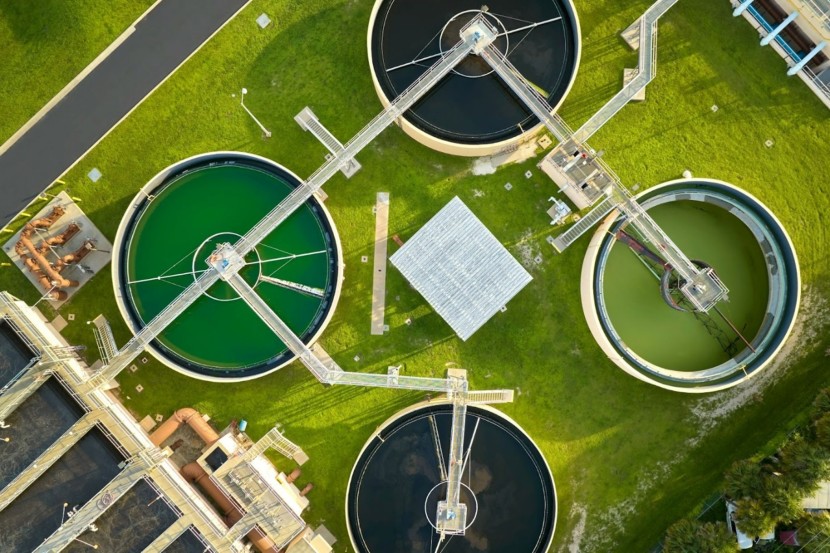Access to clean freshwater remains a growing concern across the globe. While some regions enjoy reliable water infrastructure, others face chronic shortages due to limited resources or environmental stress. According to the United Nations, Steve Weymer notes that nearly two billion people live in areas experiencing high water stress today.
Demand continues to rise as populations expand and urban development accelerates. Climate change adds further strain by disrupting rainfall patterns, reducing snowpack, and intensifying droughts. In parts of sub-Saharan Africa and South Asia, water insecurity has already impacted health, agriculture, and local economies.
Pollution from industrial runoff, agricultural chemicals, and untreated sewage compounds the issue. As contamination spreads, the availability of safe water diminishes, placing additional pressure on both communities and ecosystems.
Infrastructure and Access Limitations
Many urban centers in developed nations rely on aging water infrastructure built decades ago. Leaks, corrosion, and outdated treatment facilities reduce efficiency and increase the risk of contamination. Cities like Flint, Michigan, have highlighted how infrastructure neglect can lead to public health crises and loss of trust in water systems. Recent audits in other U.S. cities have revealed similar vulnerabilities, indicating a broader national challenge.
In rural and low-income regions, access remains inconsistent or entirely absent. Residents may depend on hand-dug wells, river water, or unreliable delivery systems. These areas often lack the financial resources or political support necessary to implement modern water infrastructure, leaving communities vulnerable during droughts or floods.
Regulatory hurdles and fragmented governance can further delay improvements. When oversight is divided among multiple agencies, progress stalls, and accountability weakens. In many cases, funding is available but fails to reach the areas most in need due to bureaucratic bottlenecks.
Technological Advances in Water Treatment
Innovations in water treatment are reshaping how water is purified and managed. Membrane technologies like ultrafiltration and reverse osmosis have become more efficient and affordable, making them increasingly viable for both municipal systems and small-scale setups. These methods are now being used in coastal cities to turn seawater into potable supplies. In some drought-prone areas, mobile desalination units are being deployed to respond to emergencies.
Artificial intelligence and smart sensors are transforming water management by enabling real-time monitoring of quality and usage. These tools help identify leaks, detect contaminants more quickly, and optimize purification processes, reducing waste and energy consumption.
In regions with abundant sunlight but limited infrastructure, solar-powered desalination and filtration units are gaining traction. These systems operate off-grid and require minimal maintenance, offering a sustainable solution to communities lacking access to conventional energy sources.
Addressing Contaminants and Emerging Threats
Modern water systems are facing a growing array of pollutants that were once either undetectable or not considered hazardous. Synthetic chemicals such as PFAS, often referred to as "forever chemicals," persist in the environment and resist traditional treatment methods. Their presence has been linked to serious health concerns, prompting regulatory shifts in several regions. Water utilities are now investing in advanced oxidation processes to tackle these resilient substances.
Microplastics have also emerged as a widespread threat, infiltrating surface and groundwater sources. Traces have been found in bottled water, seafood, and even rainfall. Removing these tiny particles requires advanced filtration technologies, which are not yet universally adopted across treatment facilities.
Outside of physical contaminants, pharmaceutical residues have become a contributor to water quality issues. Medications flushed down drains or excreted into sewage systems can pass through treatment plants and enter aquatic ecosystems, affecting both human and animal health.
Scalable Solutions and Real-World Examples
Cities facing water crises have turned to innovative strategies to restore supply and quality. Singapore, for instance, has developed a closed-loop system that treats and recycles wastewater into clean, drinkable water through advanced membrane technology and ultraviolet disinfection. This approach, known as NEWater, now meets a significant portion of the nation's demand.
In remote areas, decentralized systems like portable purification units and community-scale treatment hubs are proving effective. These solutions often rely on locally sourced materials and are designed for ease of maintenance, making them practical in regions with limited technical expertise. In Latin America, rainwater harvesting systems have been successfully integrated into rural schools and clinics.
Looking Ahead: Sustainability and Policy Support
Long-term water security depends on a shift toward sustainable practices and proactive governance. Conservation efforts, such as reducing industrial consumption and promoting water reuse, are gaining political and public momentum. Agricultural reforms, including drip irrigation and crop selection based on water availability, are contributing to more efficient use.
Education also plays a pivotal role. When communities understand the value of water and the costs of mismanagement, they are more likely to adopt conservation habits and support infrastructure upgrades. Schools, local campaigns, and digital platforms are increasingly being used to spread awareness.
Policymakers are beginning to prioritize water resilience through legislation and investment. Subsidies for green infrastructure, funding for rural water access projects, and stricter pollution controls are laying the groundwork.
© 2025 HNGN, All rights reserved. Do not reproduce without permission.









